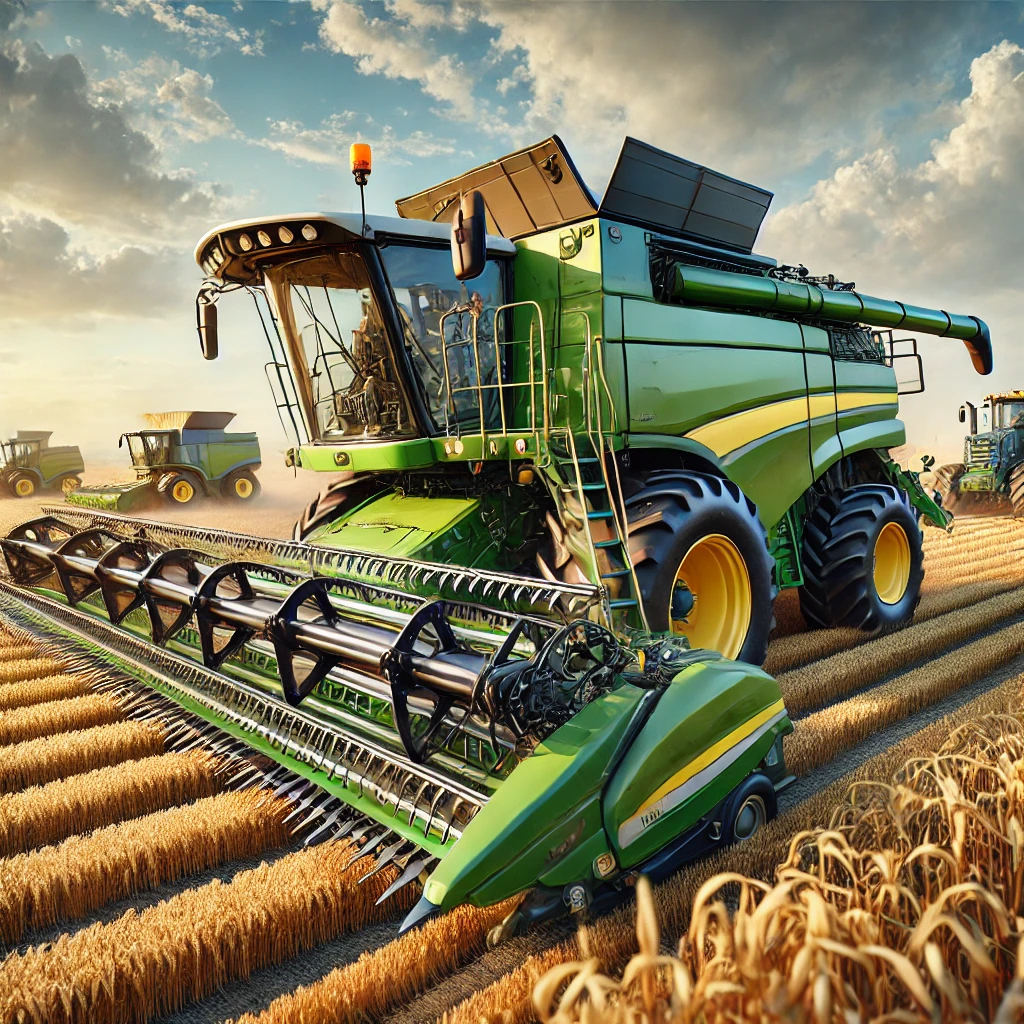Seeding equipment for rice and paddy fields plays a crucial role in modern agriculture, ensuring efficient and effective planting processes. This article delves into the key considerations when selecting and using seeding equipment for these specific types of fields, highlighting the importance of technology, soil conditions, and crop requirements.
Understanding Seeding Equipment for Rice and Paddy Fields
Seeding equipment designed for rice and paddy fields is specialized to handle the unique conditions of these environments. Unlike other crops, rice is typically grown in flooded fields, which presents distinct challenges and requirements for seeding machinery. The primary types of seeding equipment used in rice cultivation include seed drills, transplanters, and broadcast seeders. Each type has its own advantages and is suited to different farming practices and field conditions.
Seed Drills
Seed drills are precision tools that plant seeds at specific intervals and depths, ensuring uniform growth and optimal use of space. In rice farming, seed drills are particularly useful for dry seeding methods, where seeds are sown directly into the soil without prior flooding. This method can save water and reduce labor costs, but it requires careful management of soil moisture and weed control.
Transplanters
Transplanters are machines that plant pre-germinated seedlings into the field. This method is commonly used in wet seeding, where fields are flooded before planting. Transplanters can significantly reduce the labor required for manual transplanting and improve the uniformity and health of the crop. However, they require a nursery to grow the seedlings before transplanting, which adds an additional step to the farming process.
Broadcast Seeders
Broadcast seeders scatter seeds over the surface of the field, which is then flooded to allow the seeds to germinate. This method is less precise than using seed drills or transplanters but can be faster and less labor-intensive. It is often used in large-scale operations where speed and efficiency are prioritized over precision.
Key Considerations for Selecting Seeding Equipment
When choosing seeding equipment for rice and paddy fields, several factors must be considered to ensure optimal performance and crop yield. These include field conditions, water management, labor availability, and technological advancements.
Field Conditions
The condition of the field plays a significant role in determining the appropriate seeding equipment. Factors such as soil type, field size, and topography can influence the choice of machinery. For instance, seed drills may be more suitable for well-drained, level fields, while transplanters can be more effective in uneven or waterlogged areas.
Water Management
Water management is critical in rice cultivation, as the crop requires specific water levels at different growth stages. The choice of seeding equipment can impact water usage and management practices. Dry seeding methods using seed drills can reduce water consumption, while wet seeding with transplanters or broadcast seeders requires careful control of flooding and drainage.
Labor Availability
The availability and cost of labor are important considerations when selecting seeding equipment. Mechanized seeding methods, such as using transplanters, can reduce the need for manual labor and increase efficiency. However, the initial investment in machinery and the need for skilled operators must be weighed against the potential labor savings.
Technological Advancements
Advancements in agricultural technology have led to the development of more sophisticated and efficient seeding equipment. Precision agriculture tools, such as GPS-guided seed drills and automated transplanters, can improve accuracy and reduce waste. Farmers should consider the benefits of investing in modern equipment that can enhance productivity and sustainability.
Maintenance and Operational Efficiency
Maintaining seeding equipment is essential to ensure its longevity and optimal performance. Regular maintenance checks, timely repairs, and proper storage can prevent breakdowns and extend the life of the machinery. Additionally, training operators on the correct use and maintenance of the equipment can improve operational efficiency and reduce downtime.
Regular Maintenance Checks
Conducting regular maintenance checks is crucial for identifying and addressing potential issues before they become major problems. This includes inspecting parts for wear and tear, lubricating moving components, and ensuring that all systems are functioning correctly. Scheduled maintenance can prevent unexpected breakdowns and costly repairs.
Timely Repairs
Addressing repairs promptly is essential to keep seeding equipment in good working condition. Delaying repairs can lead to more significant damage and higher repair costs. Farmers should establish a maintenance schedule and have access to spare parts and repair services to minimize downtime.
Proper Storage
Proper storage of seeding equipment is important to protect it from environmental factors such as moisture, dust, and extreme temperatures. Storing machinery in a clean, dry, and sheltered location can prevent rust, corrosion, and other damage. Additionally, covering equipment with protective tarps or using storage sheds can further safeguard it from the elements.
Operator Training
Training operators on the correct use and maintenance of seeding equipment is vital for ensuring operational efficiency. Well-trained operators can identify potential issues early, perform routine maintenance tasks, and operate the machinery safely and effectively. Investing in training programs can lead to better equipment performance and reduced downtime.
Conclusion
Seeding equipment for rice and paddy fields is a critical component of modern agriculture, offering various methods to suit different farming practices and field conditions. By understanding the types of seeding equipment available and considering factors such as field conditions, water management, labor availability, and technological advancements, farmers can make informed decisions to optimize their planting processes. Additionally, regular maintenance, timely repairs, proper storage, and operator training are essential for maintaining the efficiency and longevity of seeding machinery. With the right equipment and practices, farmers can enhance productivity, reduce costs, and contribute to sustainable rice cultivation.
